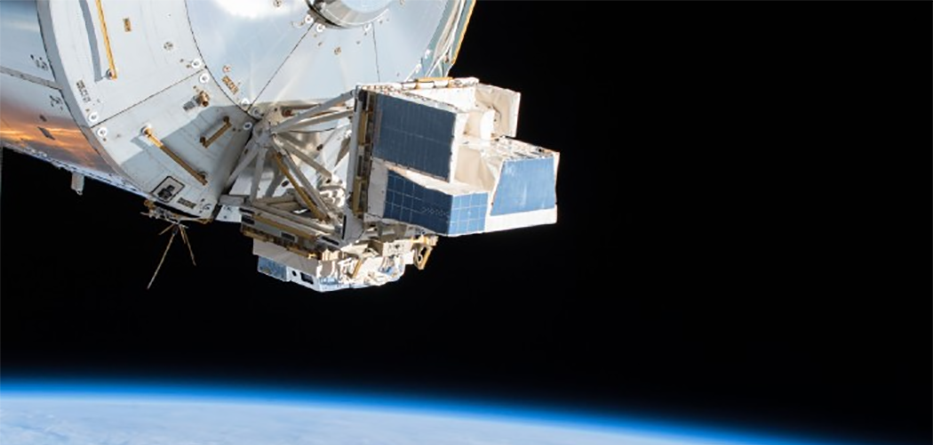Poorly understood natural phenomena
Though lightning has been studied for hundreds of years, there are still many questions about the processes that electrify clouds and trigger lightning discharges, as well as discharges above the clouds known as Transient Luminous Events (TLEs). This category of electrical discharges was first documented in 1989 and since then an array of high-altitude transient phenomena have been discovered, including gamma-ray flashes, first discovered in 1990, by a satellite looking for gamma-ray flashes from distant galaxies.
The understanding that we are bringing to atmospheric electricity has many applications including:
- Finding the connection between TGFs and atmospheric chemistry that can affect the Earth’s energy balance.
- Protecting wind turbine blades from lightning strikes.
- Discovering the meteorological conditions and geographic regions that produce the most energetic storms and the most TLEs.
- Determining whether TGFs could help produce pre-biotic molecules in primordial Earth’s atmosphere. And could the happen on planets outside our solar system?
- Demonstrating the micro-physics within and around all kinds of discharges and how this is affected by atmospheric composition.
The Atmosphere-Space Interactions Monitor (ASIM)
The Atmospheric Electricity group at DTU Space led the ASIM project from 2005 to its launch in 2018 to the International Space Station. The mission is under the management of ESA’s Directorate for Human and Robotic Exploration (HRE). ASIM is designed to view energetic thunderstorms from the ISS (400 km altitude) in a number of different wavelengths: blue light, red light, ultraviolet, x-rays and gamma-rays.
Read the article: The ASIM Mission on the International Space Station here.
Each physical process produces particular wavelengths of electron-magnetic radiation, so that for example, in 2019 we could elucidate the triggering and propagation processes involved in Terrestrial Gamma-ray flashes (TGFs). Since its launch in 2018, ASIM has studied many electrical phenomena in the Earth’s atmosphere, and also serendipitously seen gamma-ray outbursts from neutron start and other compact sources in outer space.
Read the article: Very-high-frequency oscillations in the main peak of magnetar giant flare.
The ASIM mission is scheduled to run until March 2025, but our group and international partners are working towards an extension of the mission beyond 2025. During the coming years, ASIM will study objects and phenomena other than electrical discharges:
- Aurorae (southern/northern lights)
- Noctilucent clouds
- Meteor trails and break-up
- Wildfire ignition
- Serendipitous astronomical x-ray and gamma-ray sources


